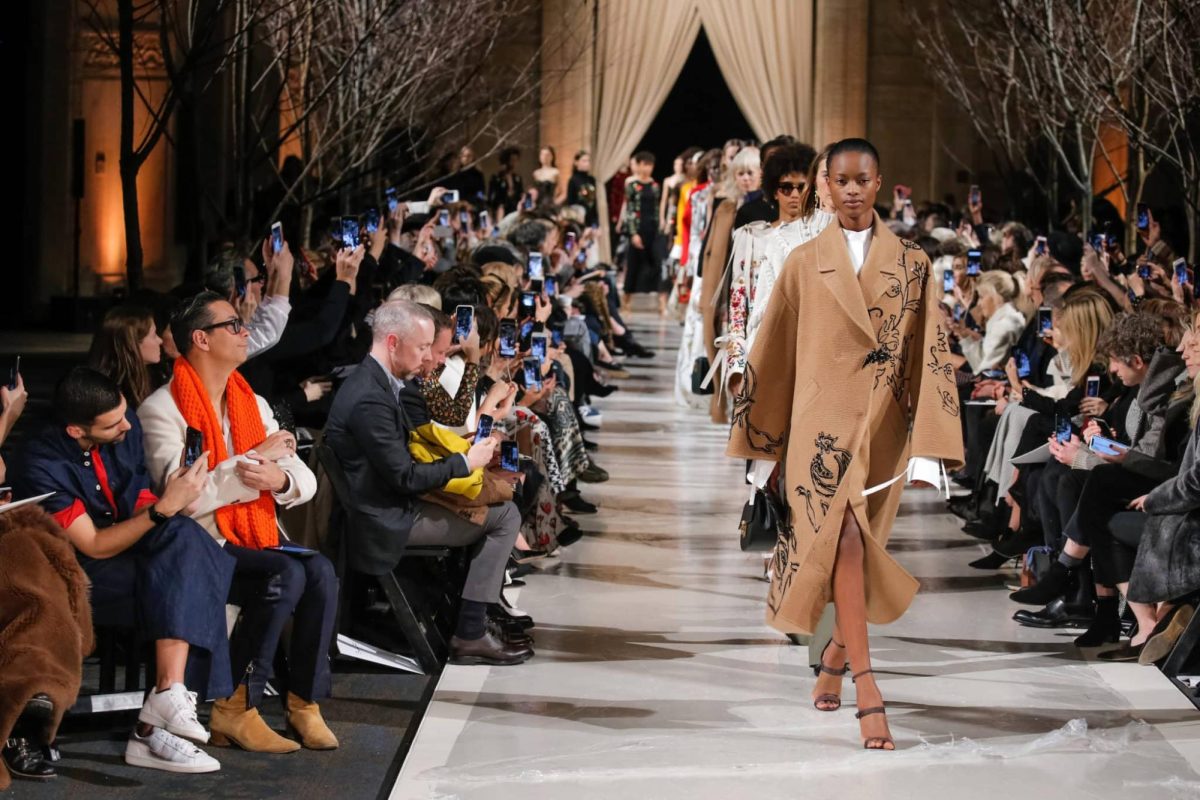In late June 2020, the Agnes Irwin School made a commitment towards making our campus a more anti-racist, diverse community. As a part of this promise, the school held a Summit on Racial Justice in Mid-July. Dr. Charlotte Jacobs, who works at the University of Pennsylvania, led a meeting called Real Conversations About Race: Centering Race & Gender in School. Dr. Jacobs introduced participants to the concept of Racial Identity Development (RID), which is the process of understanding how one’s race affects their identity.
RID usually starts in adolescence, and can differ race-to-race. For many Black people, during RID is when they learn to understand negative messages they receive that tell them what it means to be Black, and learning to undo them. For many white people, RID is coming to terms with the fact that they have a racial identity at all, unlearning messages of white privilege, and undoing bias against people of color. It is apparent that a large part of RID is about racial messages, which usually come from people like teachers, neighbors, and family members. In relation to teachers, schools are one of the most important ways of supporting RID.
It is important that schools offer people of color safe spaces like affinity groups, especially when they are the minority, like at AIS. White people should discuss RID and learn to undo the guilt that comes with being pushed into a position of power. It is also important for the curriculum to include intersectional experiences, and to teach multiple perspectives in order to represent minorities in the classroom and to teach the majority a different way of thinking. One must also think of how the school’s status quo centers white people as the norm and restricts other minorities. In independent schools especially, people of color are the minority.
What both public schools and independent schools have in common is the hypervisibility and invisibility of black students. This means that Black students are heavily criticized and differentiated from their white classmates, but are also excluded and are not always able to make their voice heard. Black students also go through adultification, which causes them to receive less help when it’s needed. Girls’ schools like AIS, though, have to face an added degree of sexism. It is so important to talk about sexism because in girls’ schools, everybody is affected by it. Sexism can be the expectation of perfection, trying to narrow girls’ future plans, or setting an archetype like the “Agnes Irwin Girl.” These archetypes are also very white-centric, so in addition to putting girls into a box, it also makes girls of color feel like they don’t belong. This prompted Dr. Jacobs to ask, “How can we create a variety of pictures of what girls look like?”
In order to do this, the school has to diversify the type of people that come into the school. To fight racism and sexism, the school has to include guest speakers of all different types, listen to people of color and their experiences, question themselves on how improvements can be made, and observe how the white status quo is supported and how to take it down.
Moving the topic over to social justice activism, Dr. Jacobs highlighted Dr. Bettina Love’s idea of being a co-conspirator, not an ally of whoever you’re supporting. The reason why allyship is not ideal in activism is because one does not necessarily have to interact with the people they’re supporting, which makes their activism quite passive and not hands-on. Co-conspirators, on the other hand, have to interact with the people they’re fighting for, and work directly with them in order to reach their goal.
Finally, internal and external work is required to fight racism in a community. Internal work includes affinity groups for both races. External work consists of actions like comebacks towards racism, defeating the white status quo, and accountability partners, which are partners to “tell you your privilege is showing” as Camille Seals said. In conclusion, it is difficult to stay hopeful, especially during the pandemic and at the height of the Black Lives Matter movement, but the future is looking up as more changes are being made to fight racism.








